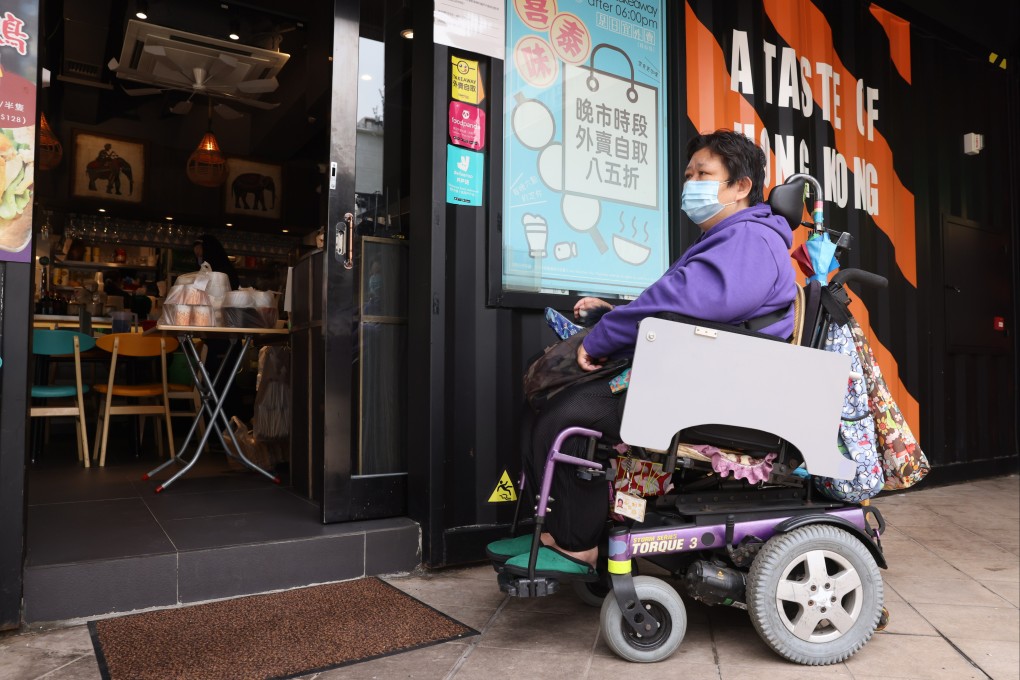Letters | For a more inclusive Hong Kong, prioritise universal design
- Readers discuss the need to make goods, services and facilities accessible to all, regardless of age, ability or status in life, and suggestions that the city ditch its US dollar peg

Accessibility has traditionally been about removing physical barriers for people with disabilities. But as population ageing accelerates, Hong Kong needs to take a more proactive approach to ensure that goods, facilities and services are usable by everyone, regardless of age, ability or status in life.
Emphasising equitable use, flexibility and intuitiveness, universal design can help us create a city that is more adaptable to the population’s changing needs.
Take automatic doors for example. Not only are they convenient for wheelchair users, they make entering and exiting buildings effortless for different users, from parents pushing prams to workers transporting heavy goods, and even office workers on their phones.
In October last year, the Equal Opportunities Commission published a guide on universal design for the catering sector. With various practical tips and measures such as installing steps-free access and ensuring sufficient space between tables, it aims to help restaurants improve the dining experience for all customers.
However, using universal design to improve the built environment is not enough. In today’s digital age, we also need to eliminate barriers to information on screens, such as self-service kiosks, digital queuing systems and e-payment services.
